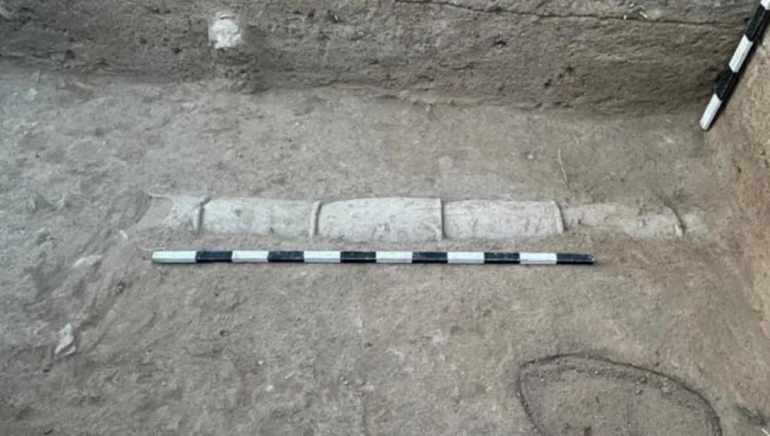A 2,600-year-old terracotta pipeline discovered in Keeladi, Tamil Nadu, demonstrates the Sangam Age civilisation’s excellent water management procedures. This discovery adds to the mounting evidence that the people of this time were not only literate but also competent in urban design and engineering.
Since its discovery in 2014, Keeladi, located 12 km southeast of Madurai, has served as a focal point for researchers studying the Sangam period. Over 20,000 artefacts, including brickwork, beading, and terracotta artistry, have been discovered, indicating a sophisticated community.
The recently unearthed cylindrical terracotta pipeline, measuring 174 centimetres, is made up of six meticulously crafted casings, each 36 centimetres long and 18 centimetres wide. This pipeline, apparently used for protected water transit, demonstrates significant hydraulic engineering skills.
The Keeladi results call into question traditional notions that advanced urban planning was limited to North Indian civilisations such as the Indus Valley. Instead, they emphasise the technological ingenuity of South Indian societies, implying a more integrated and advanced ancient India. As excavations continue, the value of Keeladi as an archaeological site grows, adding to our understanding of the Sangam period.















